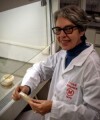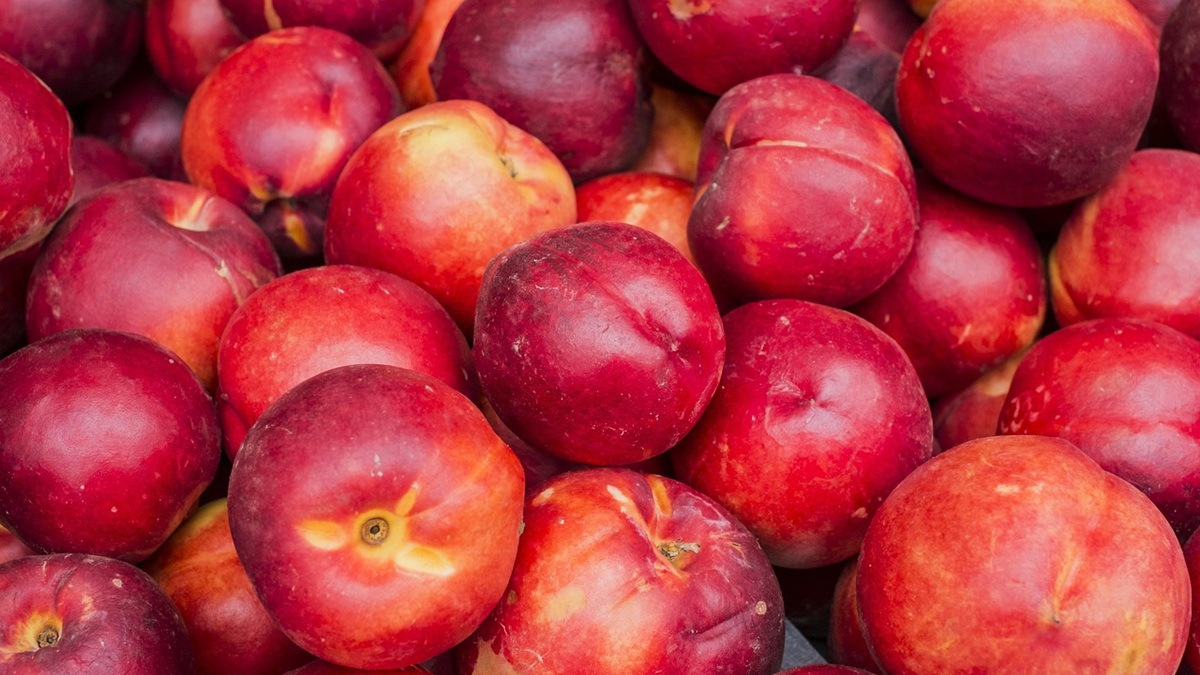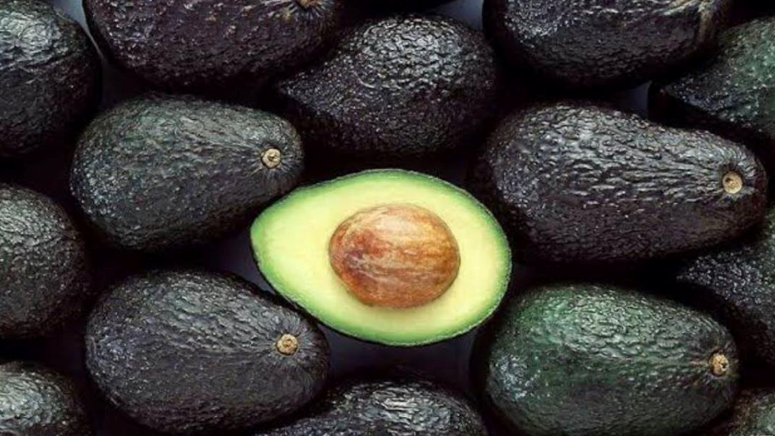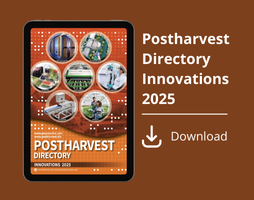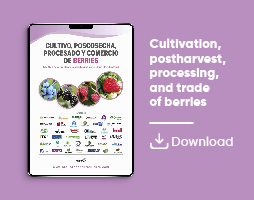Actualidad
Inactivation of Botrytis cinerea by pulsed light in tomatoes
Pulsed light significantly inhibits spore germination and mycelial growth, and affects the integrity of the cell membrane of B. cinerea, the causal agent of gray mold

Cherry tomatoes are widely grown and very popular due to their flavor and nutritional value. However, they are highly susceptible to mechanical damage and pathogen invasion.
Gray mold, caused by Botrytis cinerea (Ascomycota), is one of the most common postharvest diseases affecting tomatoes and more than 1,400 species of fruits such as strawberries, grapes, cucumbers, and others, and is one of the main causes of economic losses and damage.
Over the past few decades, the treatment of gray mold has relied primarily on synthetic antifungal agents. However, the excessive use of these chemicals has led to the development of resistant strains, environmental contamination, and risks to human health. Therefore, it is necessary to seek more sustainable and safer alternatives to control this fungus.
Pulsed light, energy released in very short bursts
Since its approval by the US Food and Drug Administration (FDA) for use in the food industry in 1996, pulsed light has been of great importance as a non-thermal sterilization method.
This technology uses broad-spectrum light (200-1100 nm), covering the ultraviolet (UV) range of 200-400 nm, the visible range of 400-700 nm, and the infrared range of 700-1100 nm. It releases high energy in very short bursts, which effectively damages the DNA and cell membranes of microorganisms.
Effect on microorganisms
Various studies have shown that pulsed light can quickly eliminate various bacteria and fungi in fruit, including Listeria innocua, Escherichia coli, Salmonella spp., Saccharomyces cerevisiae, and Penicillium expansum.
Research on Botrytis cinerea
A recent study focused on examining the inhibitory effects of pulsed light on B. cinerea spores and mycelial development in vitro, and evaluated its impact on gray mold in artificially contaminated cherry tomatoes.
The results indicated that pulsed light significantly inhibits spore germination and mycelial growth and affects the cell membrane integrity of B. cinerea.
This treatment also causes the accumulation of reactive oxygen species in fungal cells, inducing severe oxidative damage and mitochondrial dysfunction.
In addition, it was observed that the expression of genes related to mycelial growth (BcHOX8, BcLTF1) and those involved in membrane integrity (Bcetr1, Bcerg27) decreased by 37% to 53%, while that of genes associated with ROS metabolism (Bccat5, Bcsod4) increased 2.6 and 2.7 times, respectively, compared to the control group.
These findings are valuable in the management of diseases affecting post-harvest fruits and vegetables.
Sources
Tang, P.; Cao, C.; Cai, Y.; Zhang, Z.; Liu, Z.; Pan, F.; Wang, F. F.; Zhu, R. (2025).
Inactivation of Botrytis cinerea by pulsed light and its corresponding mechanism
Postharvest Biology and Technology, 227: 113607.
Cover Photo
https://unsplash.com/pt-br/s/fotografias/cherry-tomato Access on 09/08/2025.


